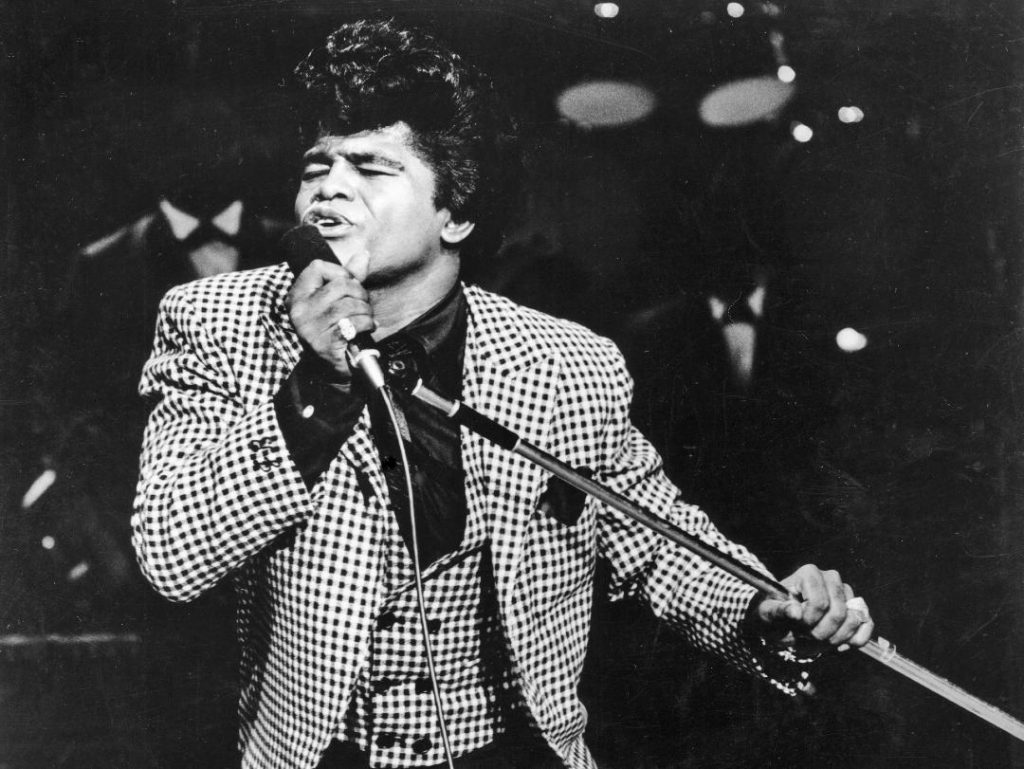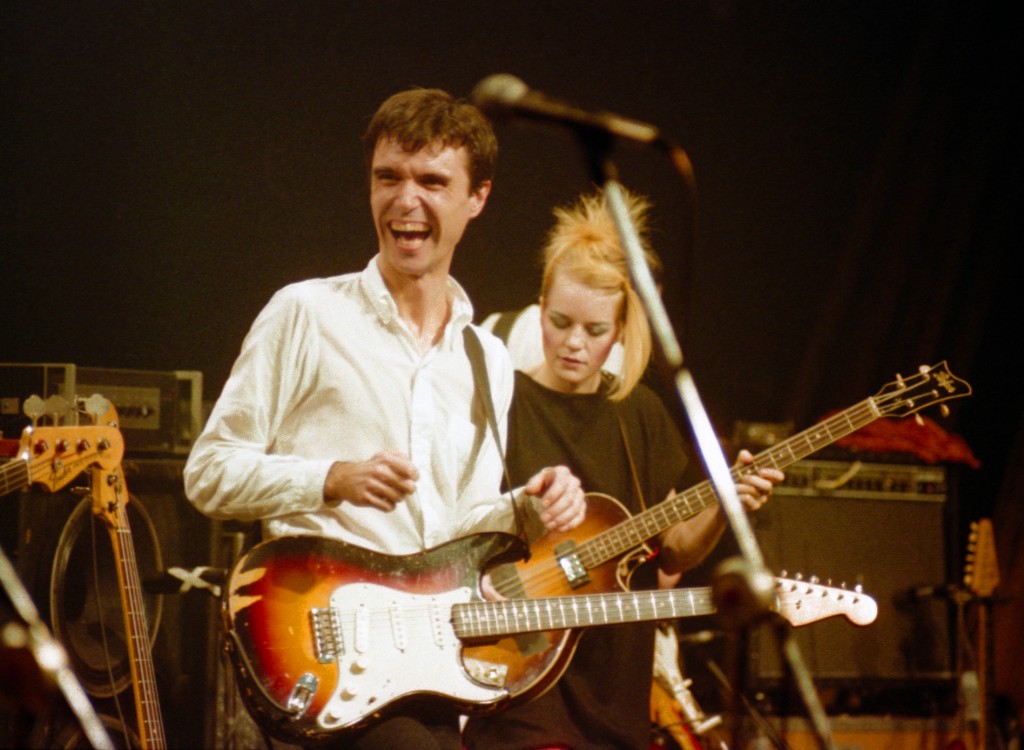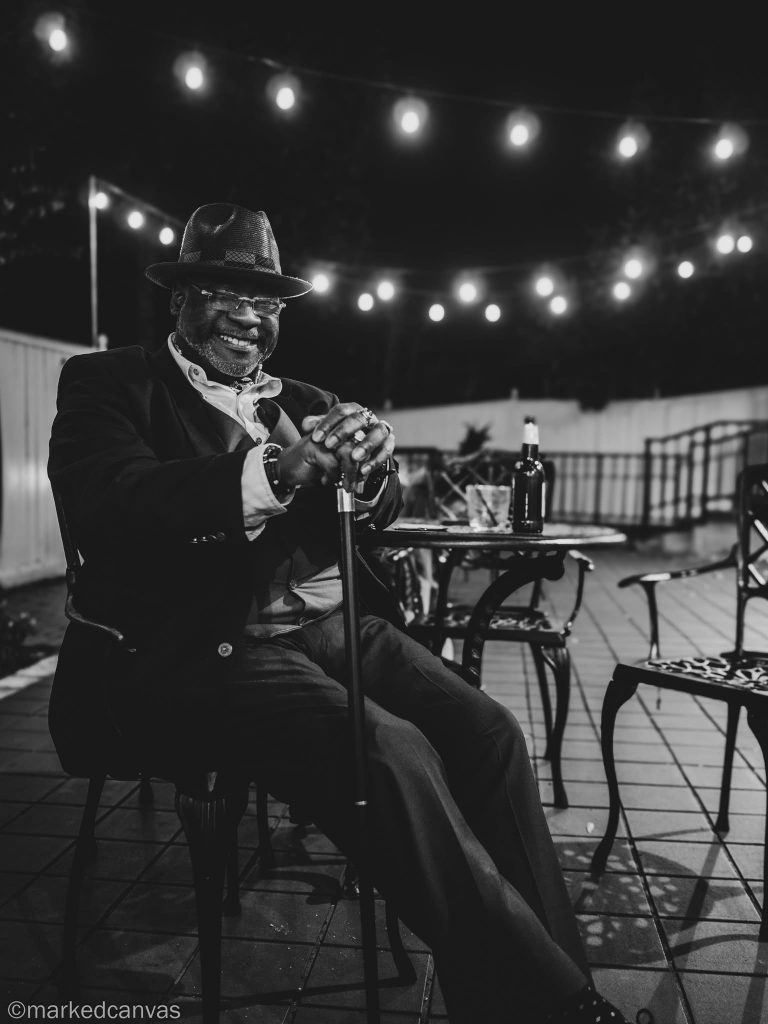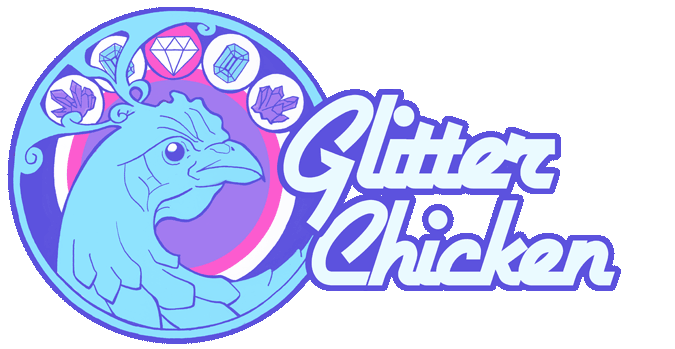WHAT FUNK MEANS TO ME (US!)
Click below to listen to a funk medley created by the author and feel the groove while you read this insightful article!
Click below to listen to an audio version of this article narrated by the author and accompanied by a funk music track!
“WE WANT THE FUNK”
I recently watched a program on PBS’s Independent Lens called “We Want the Funk!” and it reminded me WHY I have ALWAYS wanted the Funk.
I stumbled across it by accident, and I couldn’t turn away. I like to watch documentaries about unfamiliar subjects so that I may learn something new. I LOVE documentaries about subjects I know SOMETHING about because they reinforce my knowledge and inform me on a greater level or fill in details. This documentary did just that: showed me new details about a subject I was very familiar with. Showed me what I didn’t know about what I thought I knew. That is kind of the whole essence of funk. It’s a feeling that’s in you, and it’s going to come out. The music gives it voice to be expressed. It’s more of a spirit than a collection of notes on a stark white page.

PBS Independent Lens documentary premiered April 8, 2025, directed by Stanley Nelson & Nicole London - https://www.pbs.org/independentlens/documentaries/we-want-the-funk/
PERSONAL AFFINITY
I grew up in Davidsonville, Maryland. Roy Clark of Hee-Haw fame lived across from my home separated by a run-off stream. Bluegrass was the dominant music of the district. I mostly listened to pop or rock n roll on the radio, although the first song I can consciously remember hearing on the radio was Stevie Wonder’s “Superstition.”
I started kindergarten in 1975 at a private school in Annapolis where I was the fifth black student to ever attend. Until my sister joined me 5 years later, I was the only Black student. There were Black kids who lived near me, but I didn’t go to school with them until years later. My only Black friends, a brother and sister, died in a fire when I was 6 years old. My cousins lived in Virginia, Florida, and New York and none of them were my age. Socialization had challenges; I was too Black for my peers and I was too White for my family.
I played outside, but mostly alone. One day when I was playing “Cowboys & Indians” with my neighbors (two older White boys), they tied me to a pole for fun, which freaked me out. Understandably, my parents wouldn’t let me play with them for a while. So I started reading a lot. And watching a lot of TV. Through that medium I discovered two lifelong loves: science fiction and Soul Train. I was fascinated by the Soul Train line and the fashion. I was impressed with how cool everybody was and how comfortable they were with themselves. By contrast, the dancing on Soul Train scared me, because I knew I couldn’t do it and thought I was going to be responsible for representing it to my “community.” Daunting. Speaking out in class or participating in sports was fine with me. Shaking my booty in front of others was not.

Explore Soul Train Dancing - https://giphy.com/explore/soul-train-dancing
In 2nd grade, The Paul Lynde Halloween Special introduced me to KISS. The next day, I spoke with my friends about KISS and the day after that, they brought their records into school - KISS records and other “cool” bands. As we listened to music together, we started to form our community. I began exploring record stores and started connecting what I saw on the album covers with the music I heard on the radio and Soul Train. One day in 1976, having spent my allowance at the record store, I found Parliament’s “One Nation Under a Groove” and had to have it. I had just heard the song on the radio. The beat was unavoidable, which brought me to the words. They were talking about a worldwide nation of music lovers that had no borders – a revolutionary concept at a time when everyone was caught up in Bicentennial patriotism. I convinced my parents to buy it for me by telling them the song was about Washington D.C., but it was more than that. It was an anthem proclaiming: “If you love this music, then you love this nation, and you belong here.” Now I had music that made me feel at home.

George Clinton, Phillip Bailey (Earth, Wind & Fire), Bootsy Collins - https://www.youtube.com/watch?v=DVkhXEmOr0I
VOYAGE OF PERSONAL DISCOVERY
When I brought “One Nation Under a Groove” to school, it felt great to introduce new music to my friends that they had never heard. Their reaction was mixed because it wasn’t rock’n’roll or soul or country or pop. Funk was fresh territory. Funk represented more than inclusion for me; it represented freedom. Unlike other bands that were hot at the time like K.C. and the Sunshine Band, who were identical outfits, funk artists weren’t restricted by conventions in their music or their fashion or their stage presence. More than anything else, they represented individuality. They owned their own means of expression.
Something else I noticed about these bands was that they were integrated. Funk music was mostly made by people who looked like me; the popular bands my friends listened to looked like them!! But then, there were bands like Sly and The Family Stone, or War, or even the Doobie Brothers, were integrated! Everybody could make this music. We had the Ohio Players (Midwestern Black men) AANNDD we had The Average White Band (White guys from Down Under!) They put it right in their name, but they were anything but average. I had never experienced segregation, but I had seen and heard it on TV. The radio was a different experience. Sly was for everybody because he included everybody. It was really fair. Really welcoming. Really beautiful.

LOS ANGELES - CIRCA 1970: Singer Sly Stone (Sylvester Stewart) of the psychedelic soul group 'Sly and the Family Stone' poses for a portrait on the Warner Brothers lot (Photo by Michael Ochs Archives/Getty Images)
When I looked at ladies in the media, there were bionic ones or Angels or moms or two who worked at a Cincinnati radio station, but then there was La Belle! Space ladies… and Black too! “Oh, my stars and wonders!” It didn’t matter if those women thought I was handsome or cool, it just mattered that MAYBE we could work together in outer space, saving the universe!! And they could groove!! Funkadelic incorporated women in their band but it was still male dominated. Men like Bootsy Collins were the superstars and the female performers were their cheerleaders. But La Belle was three ladies who took center stage and their music was on par with any group of dudes. Other women in funk kicked the door open by playing instruments, such as like Sly’s sister Cynthia who played horns and Chaka Kahn who played drums.

American singer-songwriter and drummer Chaka Khan performing with American funk band Rufus at a record launch party in London, February 1975 (Photo by Michael Putland/Getty Images)
James Brown’s music was so influential, I didn’t even realize where and when I was hearing it. Brown’s sound is the core basis of funk. His bass lines, his consistency, his dedication to perfection. Initially unaware that they were imitating the sound laid down by James Brown, I was drawn to the music of Fela Kuti, Bob Marley, and Bela Fleck, all artists from other countries. I found funk in the music of the Talking Heads, David Bowie, Red Hot Chili Peppers, Manu Dibango, Average White Band, Steely Dan, Doobie Brothers, Bee Gees, Rolling Stones, artists from Baltimore, England, Congo, Australia. Through this collection of notes and chords, I was connected to other cultures.

James Brown performs at the T.A.M.I. (Teenage Awards Music International) show, Santa Monica Civic Auditorium, in California in 1964 (Photograph by Michael Ochs Archives/Getty)
ONWARD AND UPWARD
I discovered Punk and Disco, Grunge, Yacht Rock and every other incarnation that came in the late 70’s, then the 80’s, then beyond. But funk always stayed with me. In college, NWA and all things West Coast became popular. When Dr. Dre used P-Funk as the basis for one of his early solo hits, I knew I had to give him space in my library. On Snoop Dogg’s first album, he has a song called “It Ain’t No Fun If the Homies Can’t Have None.” If you’ve never heard it, look for the instrumental, not the one with lyrics (you don’t need to hear those). But in addition to the funky bass that hits “on the one,” there is kind of a whistle sound running throughout that distinguishes the song and that whistle is the essence of the funk. That whistle doesn’t fit in the song, but it absolutely belongs. That’s when I realized the Funk represented me and many like me. I haven’t ever fit, but I do belong.
In 1996, I saw the Mothership “land” in Central Park. The Mothership was the most famous prop P-Funk used in concert to transport the band members to the stage. I was surrounded by 30,000 strangers who, like me, were all citizens of the funk nation, who had waited two decades to see it…and we were sharing it together! I thought I could die happy. I was in the right place at the right time because I belonged. And I always had.

George Clinton, Central Park, New York City, July 4, 1996 (People Magazine) Photo Credit: David Corio (https://davidcorio.com/)
My Ghanian friend says, “In my village, there is no word for mountain, only plateau: a high place for everyone to stand on.” Rock focuses on superstars. So does rap. Funk focuses on the collective and makes us ALL feel welcome. Ask David Bowie, David Byrne and Elton John.

David Byrne and Tina Weymouth of Talking Heads on 8/16/82 in Chicago, Il (Photo by Paul Natkin/WireImage)
Now, just past my half-century mark, early into my third act in this life, I STILL find comfort in the covenants of funk and the freedoms found within. I am grateful to have that source of energy to use as fuel to propel me further in my journey to finally figure out who I am and where my place is. Free my mind and the rest will follow.
EPILOGUE
Watching this documentary was a glorious trip down memory lane. My past came rushing at me and reminded me of joyful lessons learned in tumultuous times for myself and these “United States.” It also gave me hope for the future. Music comes around in cycles. In the nineties, swing came back. Blues had a resurgence. In the early part of this century, White ladies who sang R&B and Soul ruled the airwaves. Twenty-five years ago, Outkast brought Funk to Hip-Hop in full force. I think there is room for more Funk on the airwaves. In times like these, where the world is so aware of what divides us within our borders and without, I feel like we could use a little love in our hearts. Not really Kumbaya, but “Come on by, get down, get funky!” Everybody’s welcome.

Portrait of the Author, Bernie Bennett, at “The Moonshiner’s Ball,” Governor Calvert House, Annapolis, MD, December 8, 2024 (Photo by Mark Peria)
REFERENCES
- https://www.bing.com/videos/riverview/relatedvideo?q=pbs+independent+lens+full+episodes&&mid=868A429B0D1D3FA09023868A429B0D1D3FA09023&FORM=VAMGZC
- https://timeline.carnegiehall.org/genres/funk
- https://www.imdb.com/title/tt0161194/
- https://www.britannica.com/biography/James-Brown-American-singer
- https://georgeclinton.com/
- https://www.slystonemusic.com/
- https://en.wikipedia.org/wiki/Labelle
- https://www.bing.com/videos/riverview/relatedvideo?q=the+paul+lynde+halloween+special+tv&mid=FE7F0557D6472234A05BFE7F0557D6472234A05B&FORM=VIRE
- https://www.biography.com/musicians/chaka-khan\
- https://davidbyrne.com/
- https://courses.lumenlearning.com/wm-ushistory2/chapter/desegregation-and-integration/
